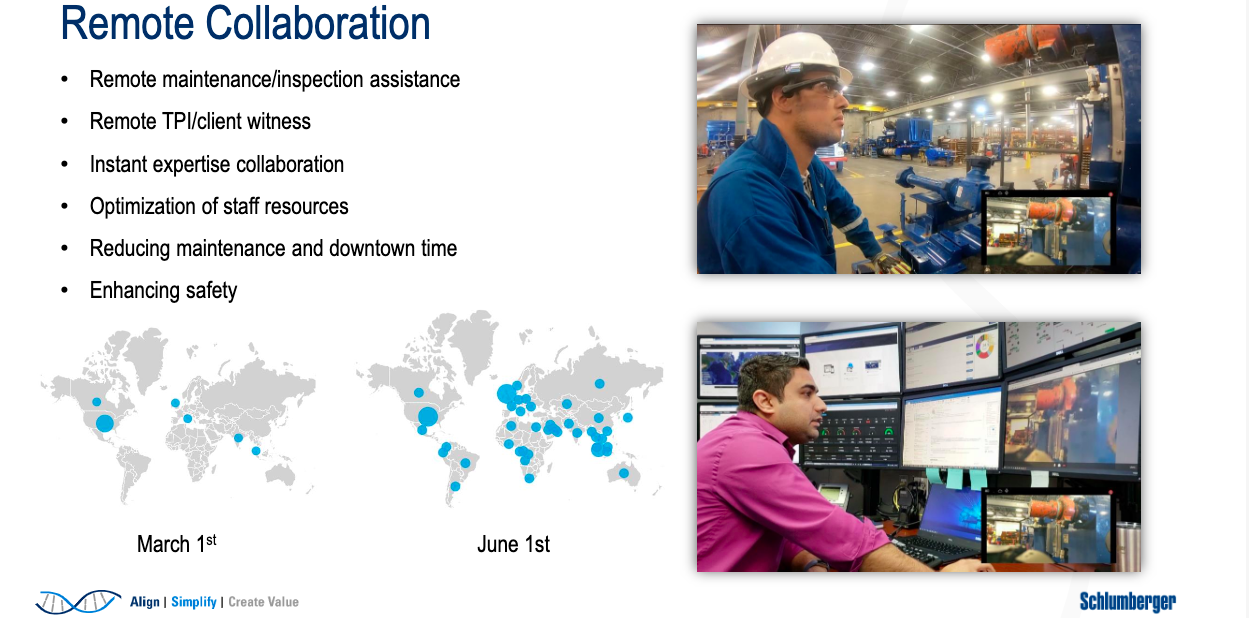The VRARA is pleased to announce the appointment of Zuriñe Hernandez as the co-chair of the Energy Committee to help lead the VRARA’s efforts to connect the energy industry with XR technologies. The VRARA is the largest member association focused on XR technologies with over 50 chapters globally and over 55k participants in our global and local events and newsletter subscribers and the energy sector is a rapidly growing area of interest for XR and AI..
Zuriñe holds a PhD and a Master in Business Administration (MBA) and is currently a Program Manager with european virtual reality leader Virtualware, maker of the VIROO enterprise software platform, and is supporting Virualware’s customers globally.
With a rich history of supporting the energy industry, Zuriñe has collaborated with large global organizations such as GE Hitachi Nuclear (now GE Vernova), Automotive manufacturer Gestamp, & Engineering services company Idom where she helped to develop and lead the implementation of numerous large-scale projects that leverage XR and advanced simulators.
Zuriñe was recently recognized for her efforts by Human Capital Management leader the Brandon Hall Group for the implementation of GE Vernova’s Nuclear Fuel Movement Simulator project.
“I believe that we are at the tipping point for mass adoption of XR at scale in the Energy sector. XR is helping companies become more efficient, bring new products to market, train their dynamically changing workforce,and is helping to protect our environment. The VR/AR Association is a great ecosystem to help educate, inform and network across the Energy and other industries. I am honored to support the Energy committee and look forward to meeting all of the members” says Zuriñe Hernandez.
Nathan Pettyjohn, President of the VR/AR Association adds, “the energy sector is an important community and we are excited that Zuriñe will be co-chairing this committee along with Susan Spark from SBL (formerly known as Schlumberger). She brings deep implementation expertise that will benefit our members to learn how to adopt and scale XR technologies in energy and other industrial sectors”.
About Virtualware
Virtualware, based in Bilbao, Spain, is a global pioneer in the development of virtual reality solutions for large industrial, educational and healthcare conglomerates. Since its founding in 2004, the company has gained widespread recognition for its achievements. In 2021, Virtualware was recognized as the world’s most innovative VR company.
Publicly traded on Euronext Paris, Virtualware has recently expanded its operations into the United States, continuing to lead the development of the VRaas platform VIROO, and making it accessible to organizations of all sizes and sectors.










